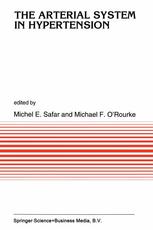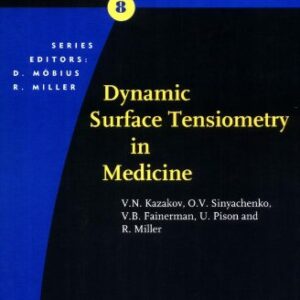MICHEL E. SAFAR and MICHAEL F. O’ROURKE One of the principal problems of hypertension is the precise definition of blood pressure as a cardiovascular risk factor. Clinicians indicate peak systolic pressure and end diastolic pressure in the brachial artery as the principal criteria for blood pressure measurement. Consequently, these values are as indicators for clinical management and therapeutic adjustment. This used methodology, based on indirect blood pressure measurements at the site of the brachial artery relates only to the highest and lowest pressure in that vessel, and does not give any information of the blood pressure curve itself; this carries more information than peak systolic pressure and end diastolic pressure. As a first step in better analysis of the blood pressure curve, research workers in experimental hypertension defined in addition to peak systolic pressure and end diastolic, another blood pressure value, mean arterial pressure, i. e. the average pressure throughout the cardiac cycle, and about which pressure fluctuates. This is the pressure recorded by Hales [1] and by Poiseuille [2] in their pioneering studies. By application of Poiseuille’s Law, this definition of mean arterial pressure led to the concept that increased mean arterial pressure (and therefore hypertension) was related, at any given value of cardiac output, to an increase in vascular resistance, i. e. to a reduc? tion in the caliber of the small arteries.
Medicine
[PDF] The Arterial System in Hypertension Michel E. Safar, Michael F. O?Rourke (auth.), Michel E. Safar, Michael F. O?Rourke (eds.)
$9.99






Reviews
There are no reviews yet.